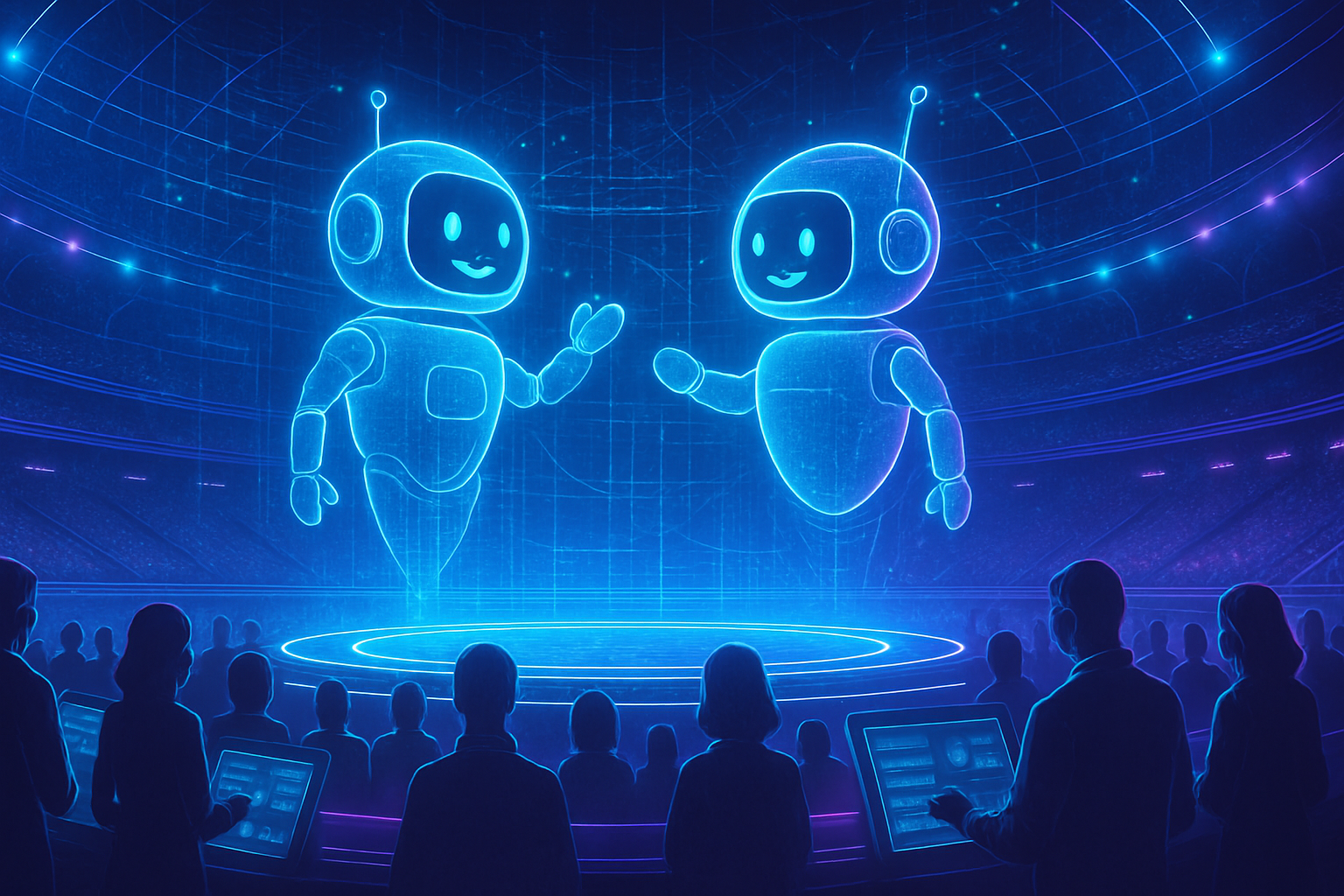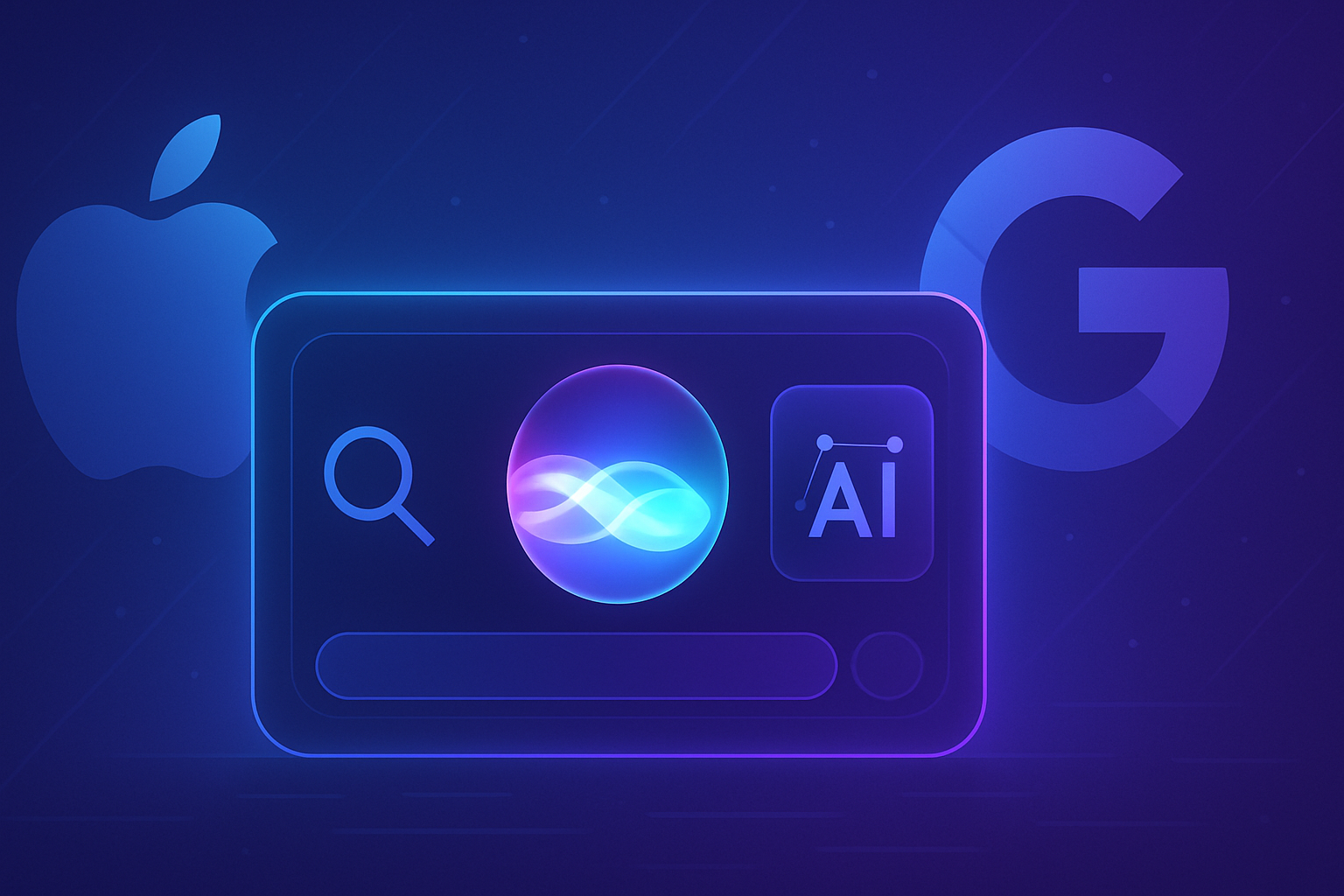The meteoric rise of the Chatbot Arena redefines the standards for evaluating artificial intelligence models. This new technological arbiter allows for dynamic rankings, pitting the giants of AI against each other on a testing ground. An innovative method, _based on human contributions_, paves the way for algorithmic justice, essential in a landscape where opacity reigns supreme.
Thousands of votes as performance indicators create a real barometer of advancements in the field. _Concerns about subjectivity_, which weigh on these evaluations, spark debates among experts. To remain relevant, this new system must improve its methodology while broadening its audience and ensuring its credibility.
The Rise of the Chatbot Arena
Created by Wei-Lin Chiang and Anastasios Angelopoulos, the Chatbot Arena becomes a valuable evaluation laboratory for language models. Developed at the University of Berkeley, this innovative platform allows users to test AI technologies in a competitive and interactive environment.
A Cutting-Edge Ranking
Initially, the Chatbot Arena aims to confront Vicuna, a model stemming from academic research, with other open-source technologies. This modest intention quickly transforms into a collective commitment. Within a week, the platform garners over 4,700 votes, illustrating a growing interest in evaluating AI models.
Two anonymized models compete on common queries. Users select the best response before discovering the identities of the competitors. An Elo score, commonly used in sports competitions, assesses performances. This playful method proves effective, attracting an audience well beyond academic circles.
The Visibility Factor
The Chatbot Arena plays a crucial role in promoting artificial intelligence technologies. It offers an interface where major players in the ecosystem will showcase their creations. In March 2024, the AI community observes that it is the enterprise models, such as OpenAI or Google, that dominate the rankings. The users’ awareness of these performances underscores the importance of transparency.
Each range of AI presented can be evaluated, not only in terms of technical capability but also regarding user preferences. This creates a dynamic narrative with champions, outsiders, and continual upheavals in a constantly evolving technological landscape.
The Commercial Implications of the Chatbot Arena
For companies like OpenAI, Google, or Meta, this platform becomes an indicator of commercial effectiveness. Upon the release of new versions, businesses use their rankings to establish their technological superiority. This phenomenon becomes a compelling argument against their competitors, embodying a relentless quest for excellence in a rapidly expanding field.
This highlighting of rankings, reaching even to social media postings, demonstrates the growing obsession with leaderboards fueled by over three million votes. Companies are committed to continuously improving their models to dominate the rankings, thereby strengthening their market position.
Critiques of the Evaluation Method
Despite its success, the Chatbot Arena faces criticism regarding the reliability of its rankings. Researchers point to ambiguous ties between LMSYS, now LMArena, and certain industry players. The way contributions are collected raises questions as well: user preferences remain highly subjective and potentially biased.
Doubts surrounding the representativeness of users participating in this evaluation complete the picture. A sample predominantly composed of insiders could influence the results and distort the image presented to the public. The necessity to broaden the scope of analysis is deemed essential to ensure the credibility of this initiative.
An Ever-Evolving System
Enhancing the level of evaluation of AI models’ capabilities is a mission that the Chatbot Arena takes to heart. Although this evaluation model has its flaws, it fills a gap against traditional analysis methods. Academic benchmarks struggle to meet user needs and the demands of the latest technological advances.
The transformation of the Chatbot Arena into a system that is understandable and accessible to all represents a significant step forward. By establishing a ranking of AI models, each participant can easily position a model within the performance scale. This narrative system intrigues the sector and increases interest in other evolving assessment modalities.
Frequently Asked Questions
What is the Chatbot Arena and what is its main objective?
The Chatbot Arena is a platform created by two students from the University of Berkeley, designed to objectively evaluate language models. Its main goal is to provide a ranking based on the performances of various AI models, allowing users to better understand the capabilities of each technology.
How are scores in the Chatbot Arena calculated?
Model scores are assigned using an Elo rating system, where two models compete on the same queries. Users vote for the best answer, and the models’ performances are adjusted based on these votes.
Why has the Chatbot Arena become an influential tool for AI companies?
The Chatbot Arena has become an influential tool because it allows AI companies to demonstrate the superiority of their technologies through an evaluation based on human contributions, providing an alternative to traditional academic benchmarks that are deemed less reliable.
What distinguishes the Chatbot Arena from other AI model evaluation systems?
However, the Chatbot Arena stands out for its playful and interactive approach, designed to be accessible to everyone. It transforms a complex subject into a simple and readable system, creating a clear hierarchy among the different models.
What types of models can be tested in the Chatbot Arena?
The Chatbot Arena allows for testing various language models, including both open-source technologies and those from major companies like OpenAI, Google, and Anthropic, thus offering an overview of competitive dynamics in the AI market.
How has the Chatbot Arena evolved since its creation?
Since its launch in April 2023, the Chatbot Arena has quickly gained popularity, attracting over 400,000 contributions within a few months, and is now recognized by both researchers and industry professionals as a reference site for evaluating AI models.
What critiques have been made against the Chatbot Arena?
Critiques mainly revolve around the subjectivity of user preferences and the potentially biased composition of the sample, with some researchers fearing that the platform’s popularity may be restricted to specialized circles, leading the results to perhaps be unrepresentative of the general public.
What advantages does the Chatbot Arena offer to end users?
For end users, the Chatbot Arena offers a simplified understanding of the performances of different AI models, enabling them to choose technologies better suited to their needs while keeping them informed about developments in the AI market.






